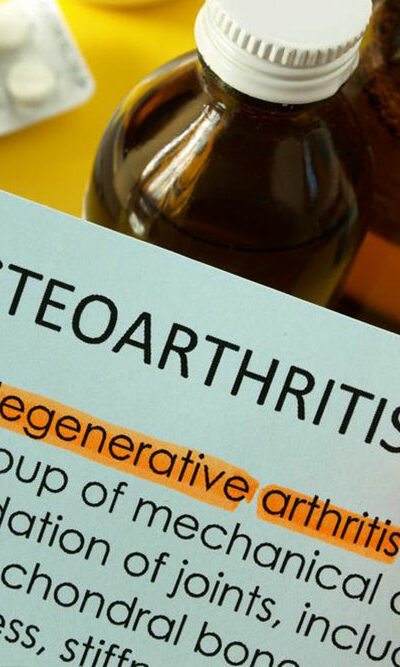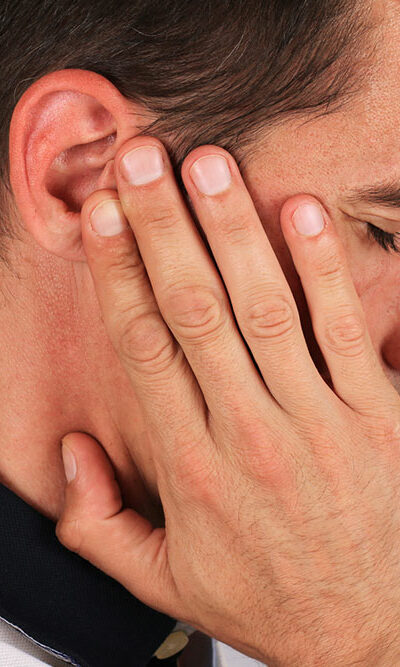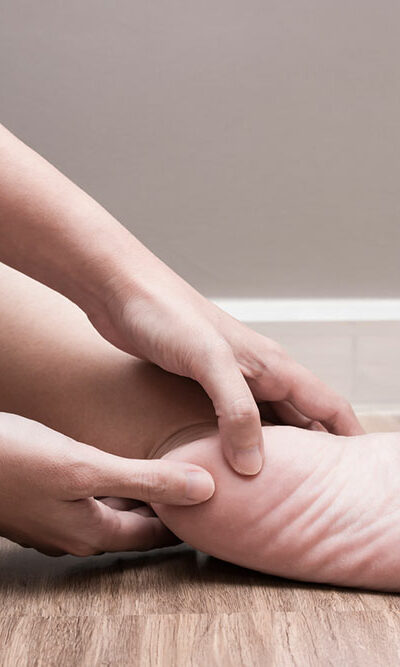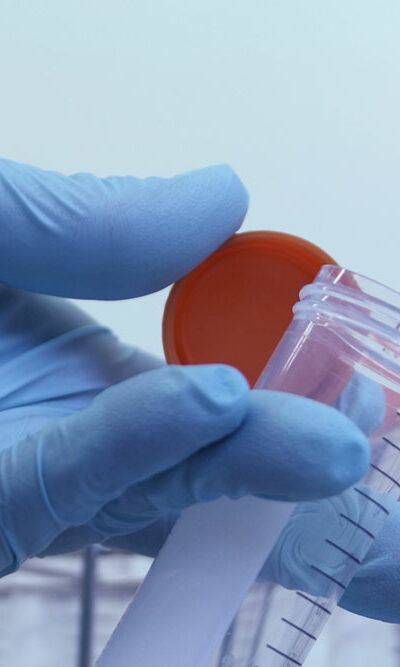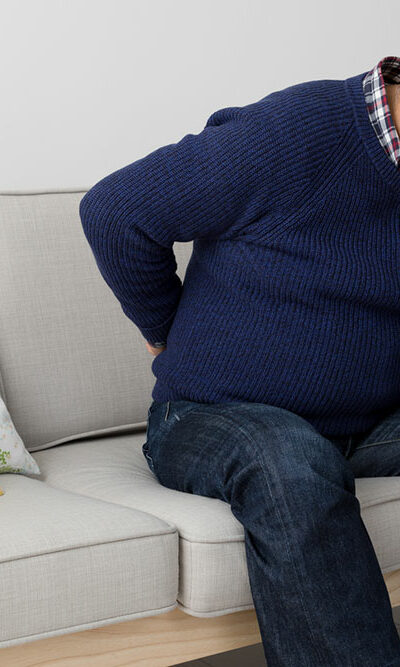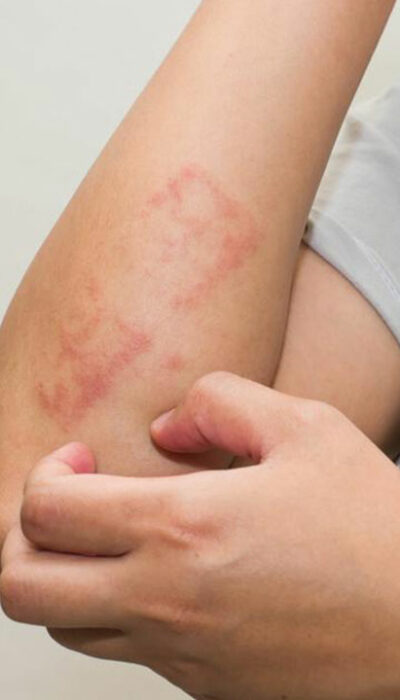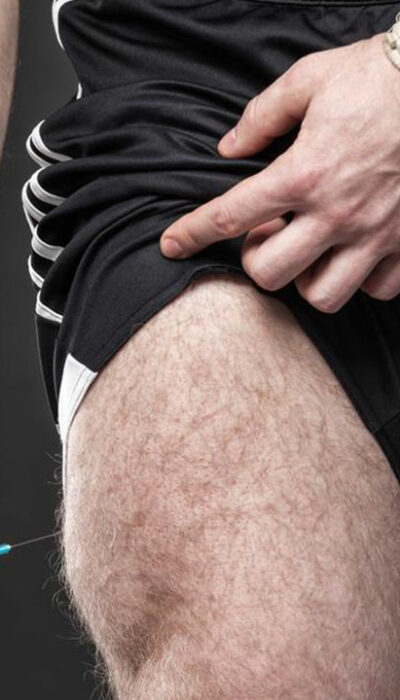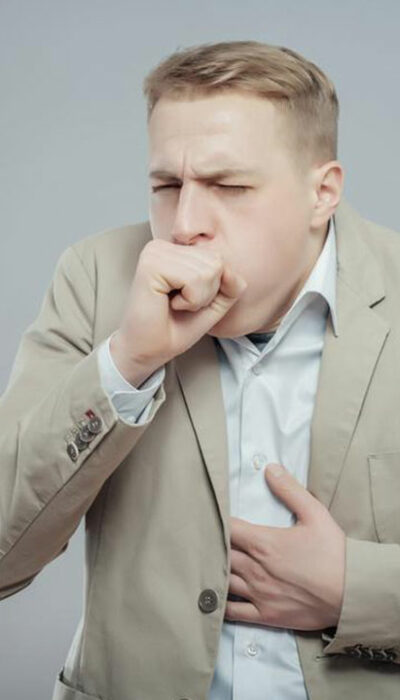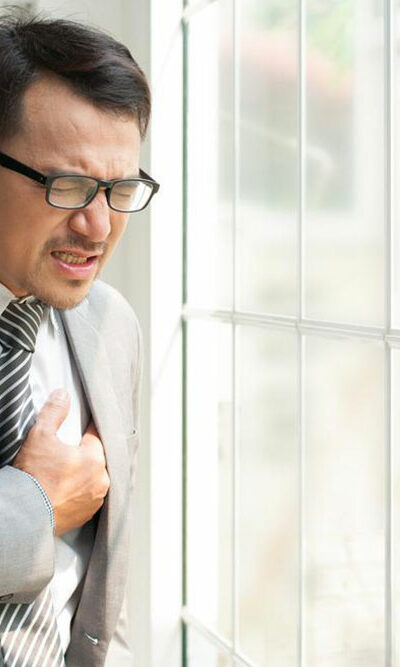
Congestive Heart Failure – Causes, Diagnosis, and Treatment Options
Congestive heart failure is a disease characterized by a problem that affects the pumping power of the heart muscles. It is a chronic progressive disease and is also referred to as heart failure. Congestive heart failure (CHF) refers to the stage in which there is a build-up of fluid around the heart. This causes an ineffectiveness in pumping blood. The heart has four chambers. The lower half of the heart has two ventricles which pump blood to the body’s organs. The upper half of the heart, however, consists of two atria which receive the blood circulated back from the rest of the body. The ventricles cannot pump enough blood to the body due to congestive heart failure. This leads to blood and other fluids filling up the liver, lungs, lower body, and the abdomen. Treatment for congestive heart failure must be done immediately as the disease could be life-threatening. Causes Congestive heart failure may arise from other health conditions that directly impact the cardiovascular system. It is important to get check-ups on a yearly basis to determine the possibility of the onset of any such disease. Lowering the risks which cause heart health problems can go a long way in ensuring one does not develop the disease. Listed below are a few common causes of congestive heart failure. Hypertension leads to the narrowing of the arteries. This makes blood flow much more difficult and can result in the onset of congestive heart failure in the long run. Consider changing the diet if one is suffering from this disease to restore normality or to keep high blood pressure at bay. Valve conditions can directly impact the heart and could lead to its failure. The heart valves regulate the flow of blood to and from the heart by opening and closing the valves.
